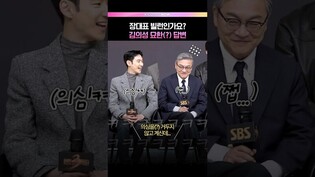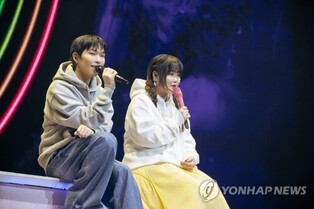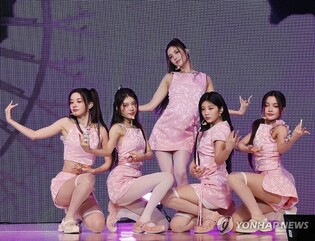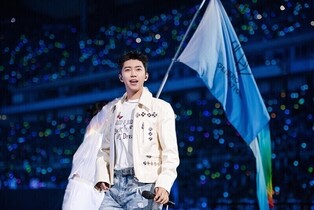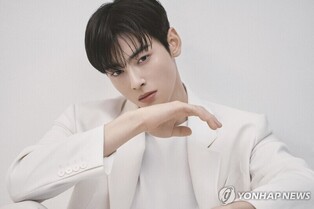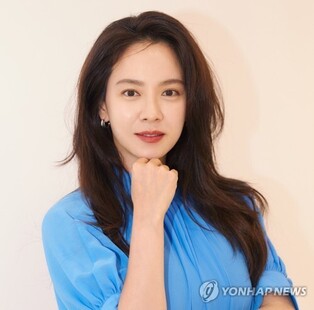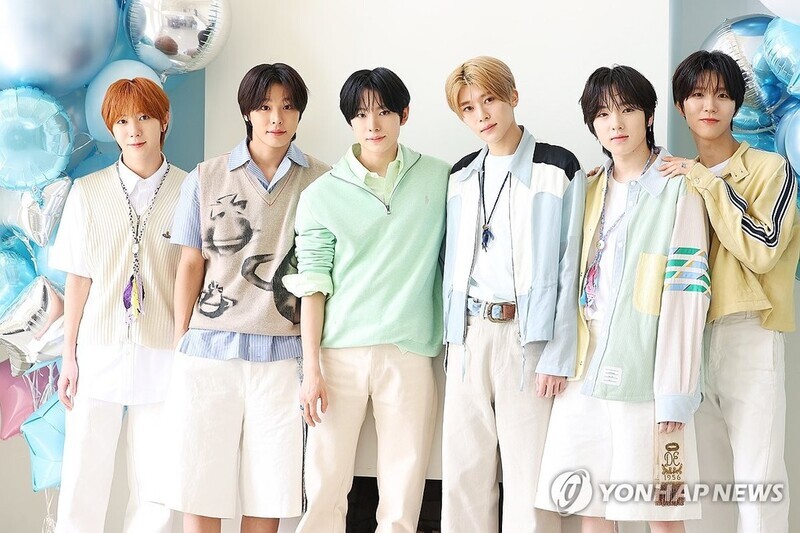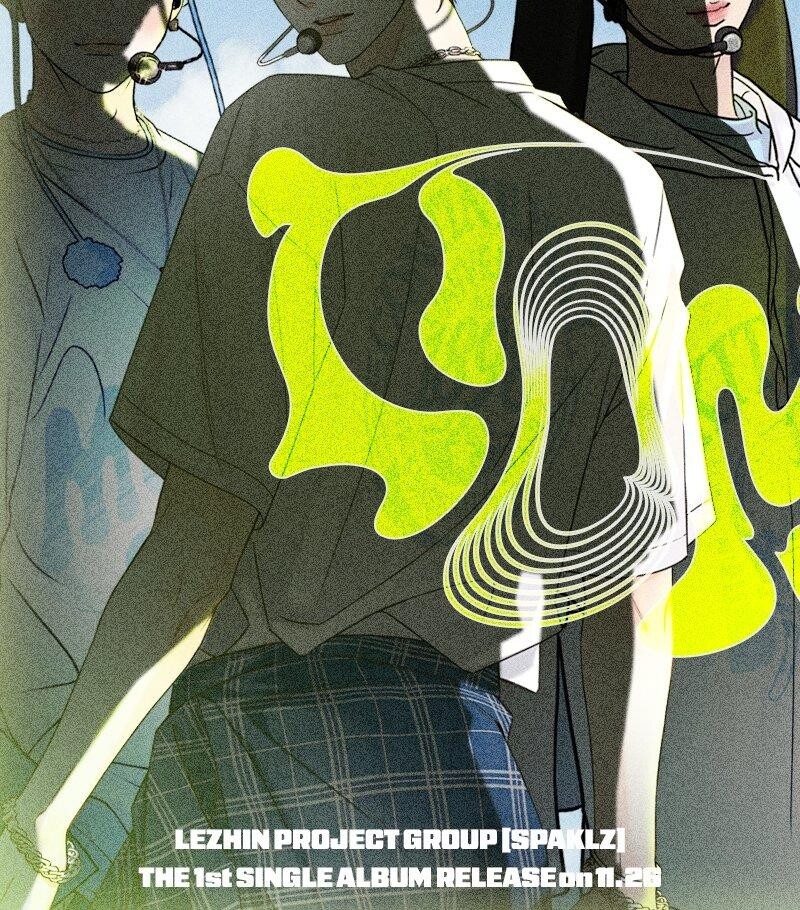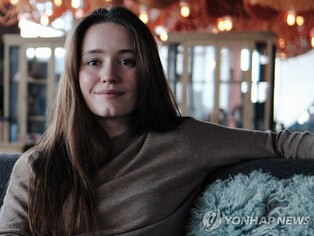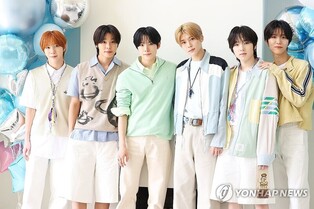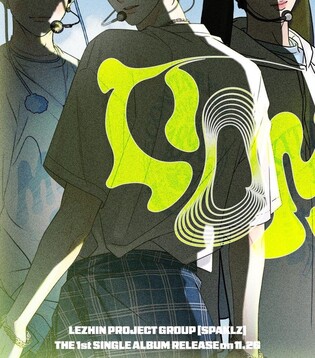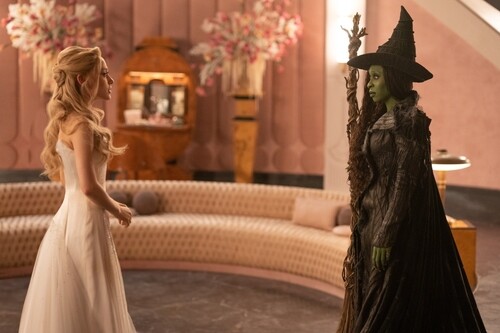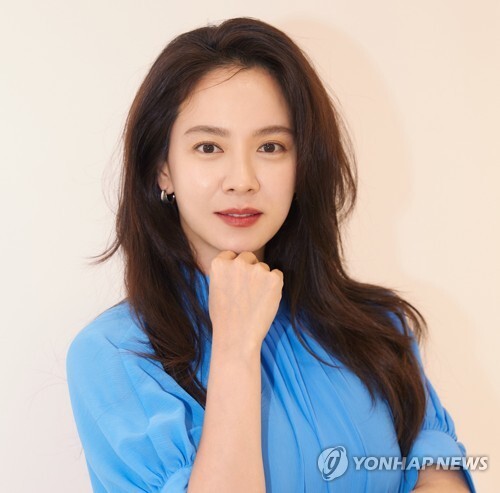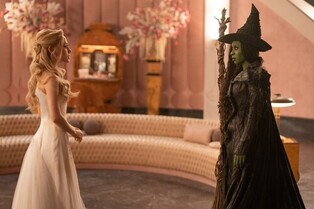*Editor’s note: K-VIBE invites experts from various K-culture sectors to share their extraordinary discovery about the Korean culture.
AI as a New Form of Art
Contributed by Lee Eun-jun (professor at Kyungil University)
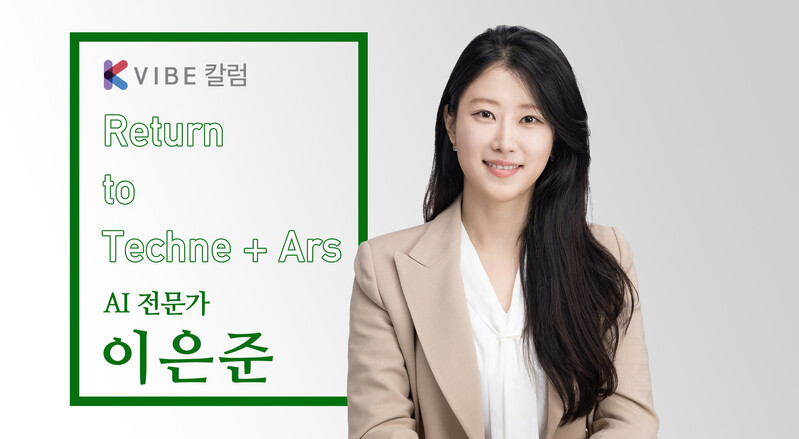
In Barcelona, Spain, a unique media art event takes place that showcases the evolving relationship between art and technology. One of the most iconic architectural masterpieces by the world-renowned architect Antoni Gaudí, Casa Batlló, becomes the canvas for this event. The building, designed to evoke the sea, features turquoise ceramic tiles resembling a dragon's scales, with balconies and columns that bring to mind skeletal remains, creating a distinctive visual effect.
In May 2022, this historic site hosted a projection mapping media art installation by AI artist Refik Anadol, a creator mentioned in my previous series. The installation, titled Living Architecture, depicted the exterior of Casa Batlló as though it were alive, with waves and ripples cascading down its facade, enthralling the audience. The fact that this mesmerizing display was generated by an AI that had been trained to interpret Gaudí's visionary thinking made it all the more astonishing.
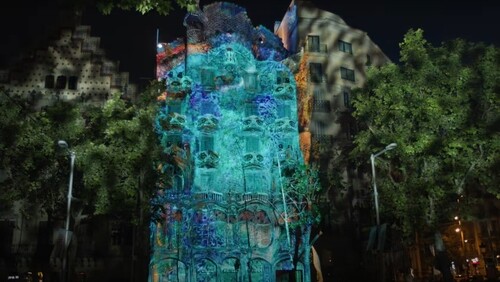 |
| ▲ Refik Anadol's projection mapping on Casa Batlló - Source: YouTube Screenshot |
In January this year, another AI artist, Sofia Crespo from Argentina, presented her own projection mapping at Casa Batlló. Crespo's work vividly depicted the Mediterranean marine ecosystem, featuring jellyfish, octopuses, and fish, captivating countless spectators. As I have previously discussed, the audience gathered at Plaça de Gràcia likely gained a profound understanding of the new ways in which AI-generated art allows them to experience and engage with art.
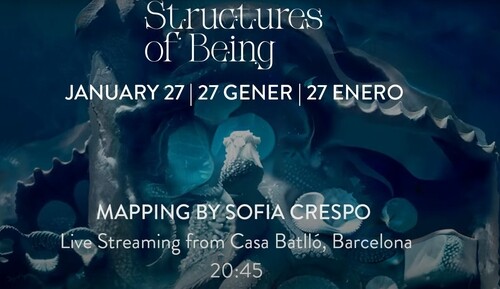 |
| ▲ Sofia Crespo's projection mapping on Casa Batlló - Source: YouTube Screenshot |
Sofia Crespo's work represents a groundbreaking departure from traditional artistic norms, showcasing highly original attempts to push the boundaries of what art can be.
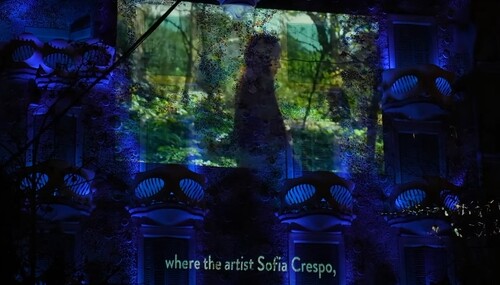 |
| ▲ Sofia Crespo's projection mapping on Casa Batlló - Source: YouTube Screenshot |
In her collaboration with groups like the Barcelona Supercomputing Center and the Catalan music hall, she has demonstrated how AI-created art can interact with humans, illustrating the potential of human-machine collaboration in opening up new artistic possibilities. AI art, as seen in Crespo's projects, has begun to redefine the landscape of artistic expression, offering new forms of creation and appreciation that transcend traditional boundaries.
Crespo’s other works similarly explore the intersection of nature and artificial intelligence, resulting in the creation of new life forms. These pieces are not just technological outputs; they embody a deep understanding of and philosophical reflection on life and nature. Crespo’s AI-generated creations, inspired by real organisms, present a unique artistic experience that blurs the lines between life and technology.
Another significant contributor to AI art, Mario Klingemann, reinterprets classical portraiture through AI in his work Memories of Passersby I. This piece generates new faces based on countless learned portraits, exploring themes of memory and identity within the infinite creativity of AI. By borrowing from traditional portraiture while harnessing AI’s boundless potential, Klingemann's work exemplifies how human creativity can merge with AI to unlock new artistic frontiers.
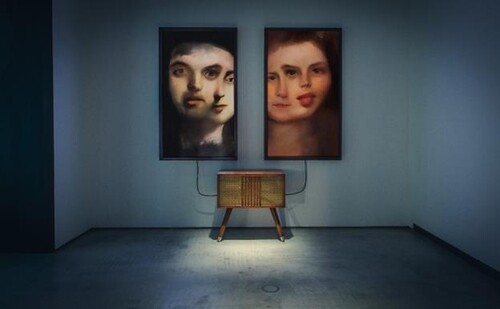 |
| ▲ Mario Klingemann's 'Memories of Passersby I' - Source: Wikipedia |
Recent exhibitions featuring AI-generated works alongside traditional art offer audiences a new visual experience, emphasizing the potential of AI in art and sparking discussions on its artistic value. These exhibitions play a crucial role in exploring and validating AI art's potential within the broader artistic landscape.
In conclusion, the distinction between art and non-art may not only be unnecessary but irrelevant as time progresses. In my view, such distinctions will naturally dissolve as we continue to witness the evolution of art. AI art, far from being mere technological byproducts, has the potential to embody the philosophy and intent of its creators, reflecting the core essence of art—expressing human emotions and experiences. As AI and human collaboration in art-making continues to evolve, it will undoubtedly enrich the diversity and depth of the artistic world, paving the way for new and meaningful forms of expression.
(C) Yonhap News Agency. All Rights Reserved

















